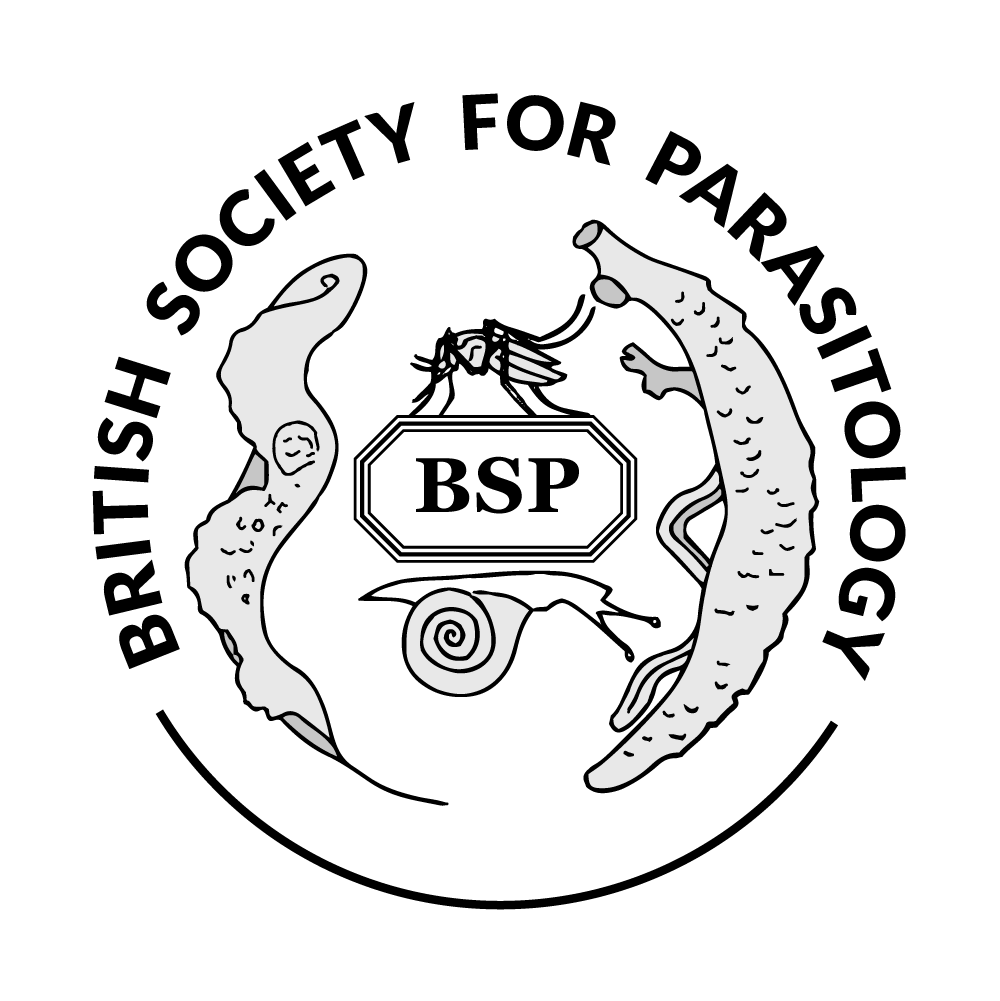Authors
A C COELHO4; 5; C R ESPADA4; 5; L I PEREIRA7; 8; F RIBEIRO-DIAS7; 8; M L DORTA7; 8; P R MACHADO6; E M CARVALHO6; V HORNILLOS1; A U ACUÑA2; S R ULIANA3; 1 Instituto de Investigaciones Químicas, CISC, Seville, Spain; 2 Instituto de Química Orgánica, CISC, Madrid, Spain; 3 Universidade de São Paulo, São Paulo, Brazil; 4 Universidade de São Paulo, São Paulo, Brazil, Brazil; 5 Universidade de São Paulo, São Paulo, Brazil; 6 Universidade Federal da Bahia, Salvador, Brazil; 7 Universidade Federal de Goiás, Goiânia, Brazil, Brazil; 8 Universidade Federal de Goiás, Goiânia, Brazil Discussion
Leishmania (Viannia) braziliensis is the main etiological agent of cutaneous leishmaniasis in Brazil, where approximately 21,000 new cases of the disease were notified in 2014. The arsenal available for treatment is limited and inadequate due to parenteral administration, toxicity, high cost and emergence of resistance. Miltefosine is an oral drug, already in use for cutaneous leishmaniasis in Colombia and visceral leishmaniasis in India, where pentavalent antimonials are no longer effective due to drug resistance. Miltefosine is not approved for leishmaniasis treatment in Brazil but recent clinical trials have indicated its higher efficacy when compared with pentavalent antimony. Data on the susceptibility of L. (V.) braziliensis Brazilian clinical isolates from different geographical regions is not available. In this study, we evaluated the susceptibility to miltefosine of 16 clinical isolates, which were not previously exposed to the drug. Half maximal effective concentrations varied by a factor of 6 to 15 for promastigotes and amastigotes, respectively.
Trying to elucidate the reason for these differences, we evaluated the miltefosine uptake in promastigotes of these isolates, using a fluorescent miltefosine analogue (Miltefosine-BODIPY) by flow cytometry. These findings showed a positive correlation between susceptibility and uptake of the drug. The miltefosine transporter and its subunit Ros3 are responsible for the transport of miltefosine into the cell in Leishmania. Thus, we investigated whether polymorphisms in the miltefosine transporter gene could explain the differential susceptibility phenotype. Miltefosine transporter genes (LbrM 13.1380 and LbrM 13.1400) sequences from three isolates and from L. (V.) braziliensis M2903 reference strain were determined. Although some polymorphisms were found in both genes, none could explain the differential susceptibility and uptake observed
among the clinical isolates. Currently we are investigating whet 
